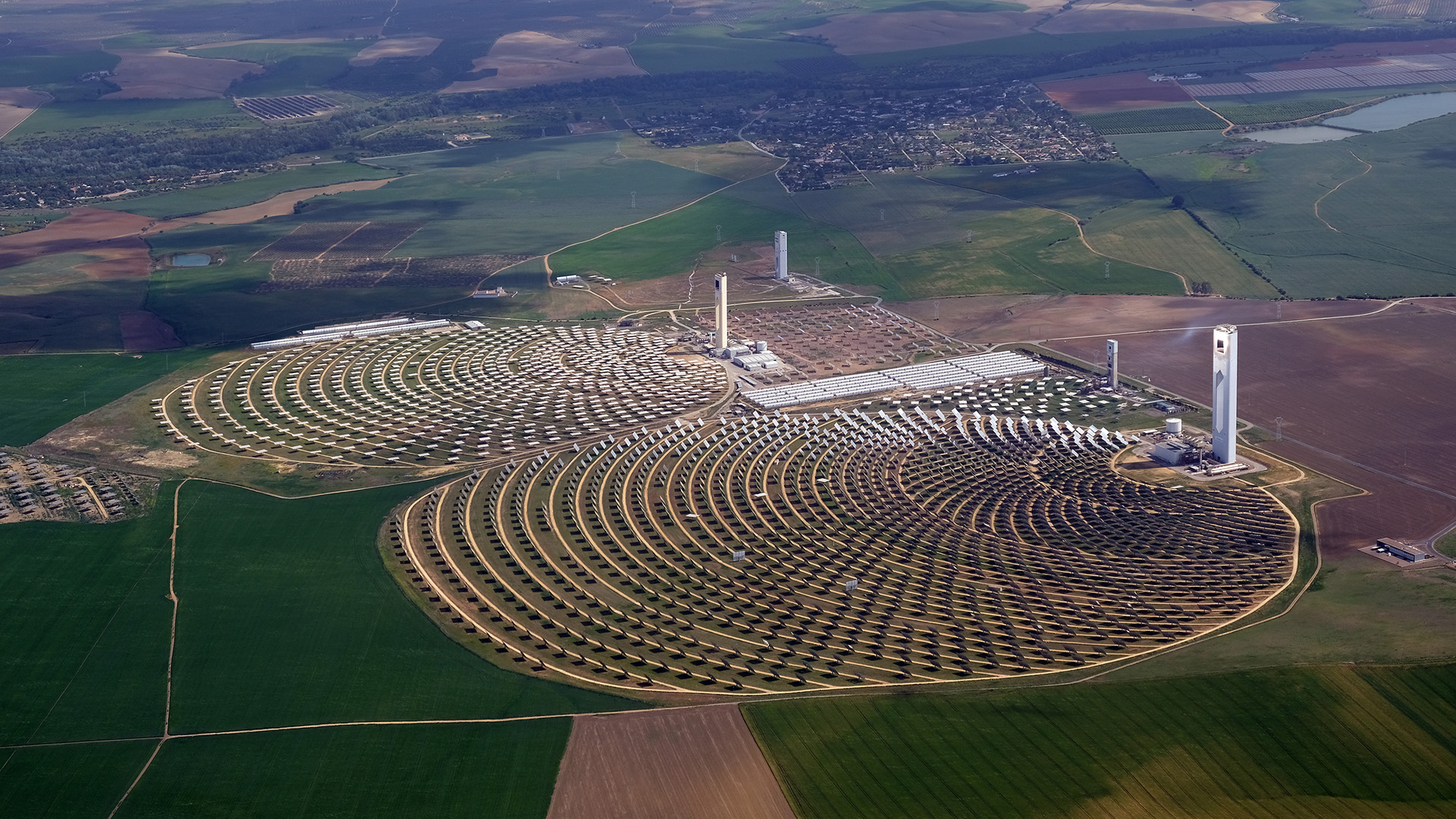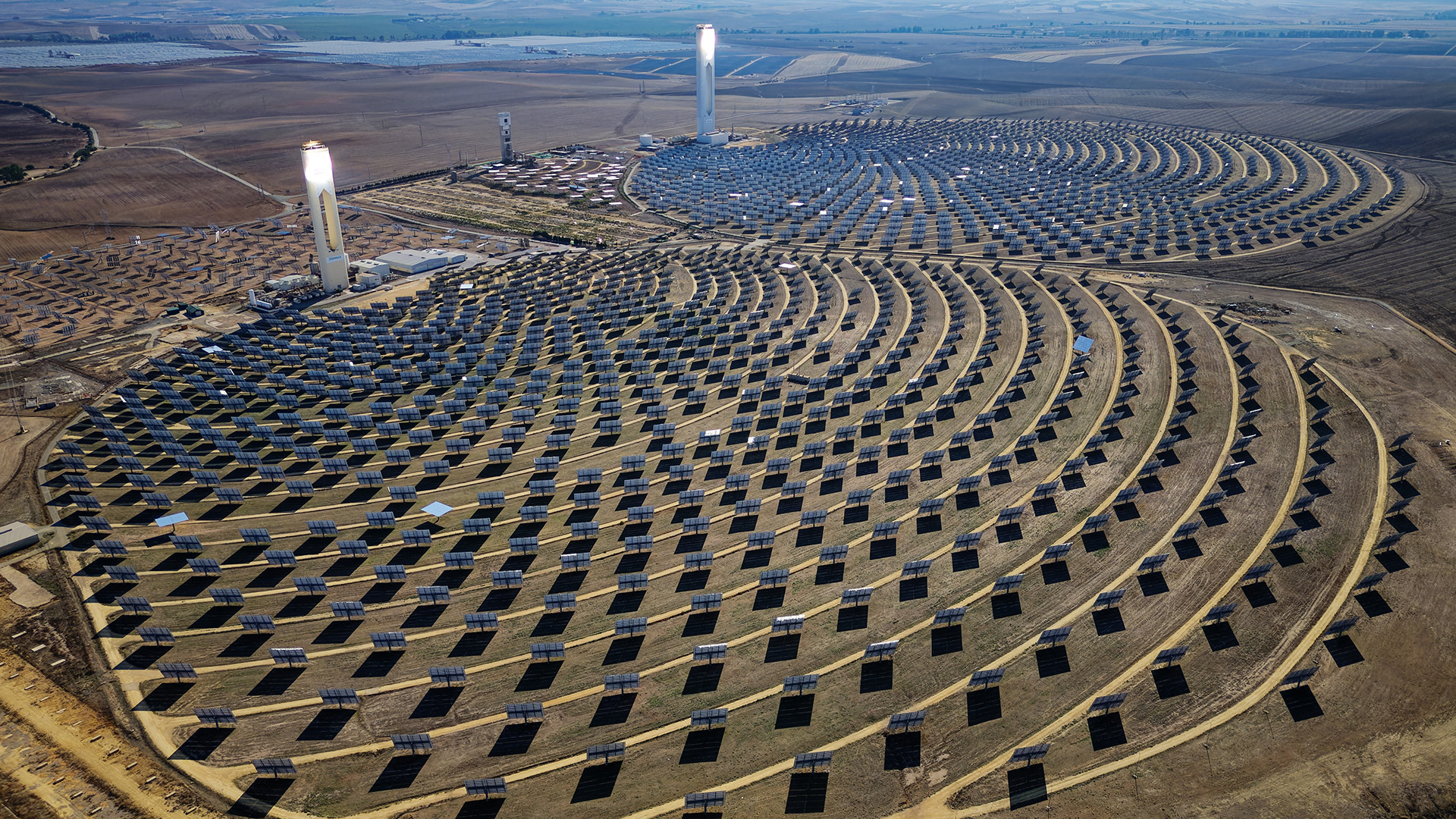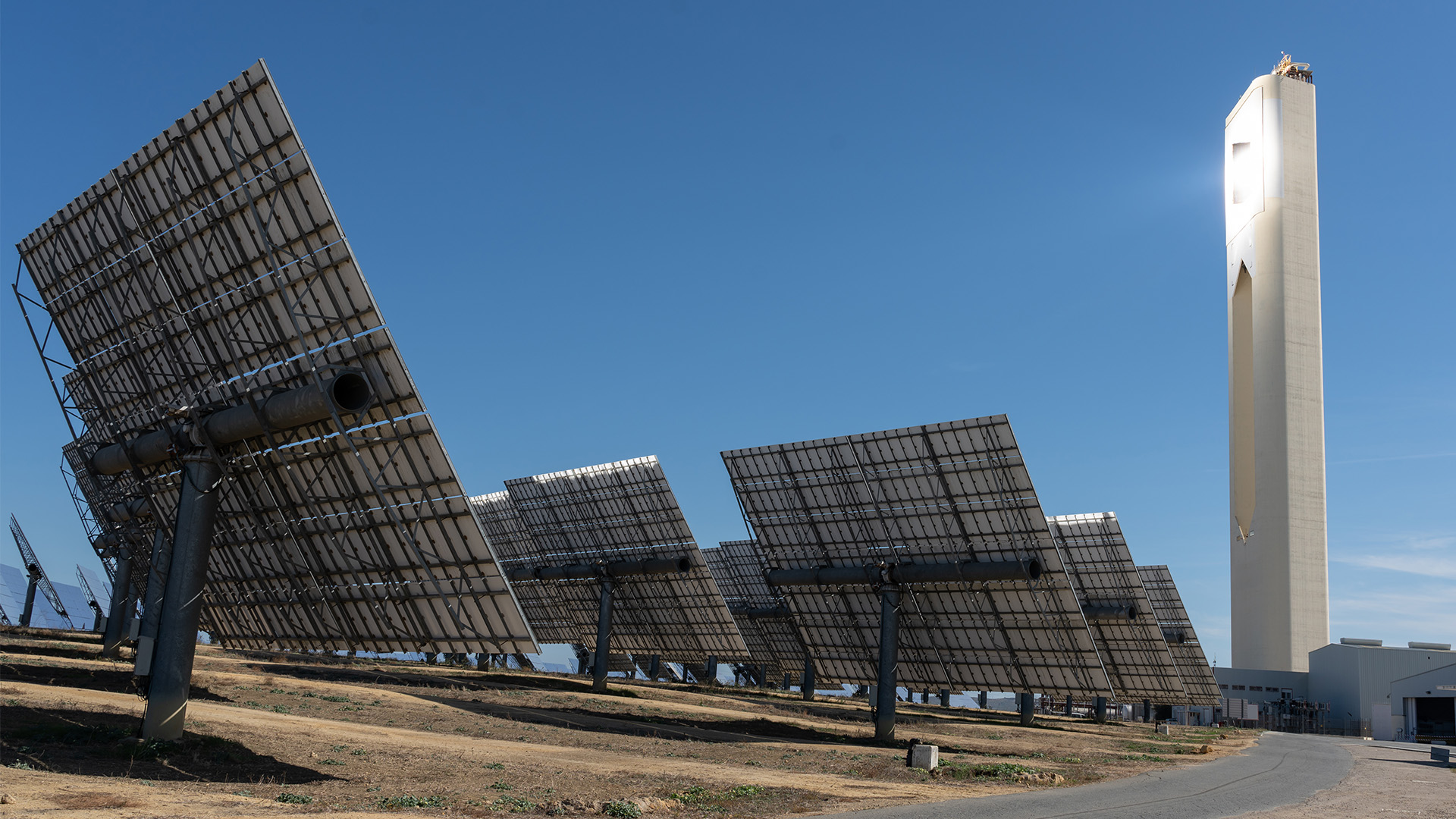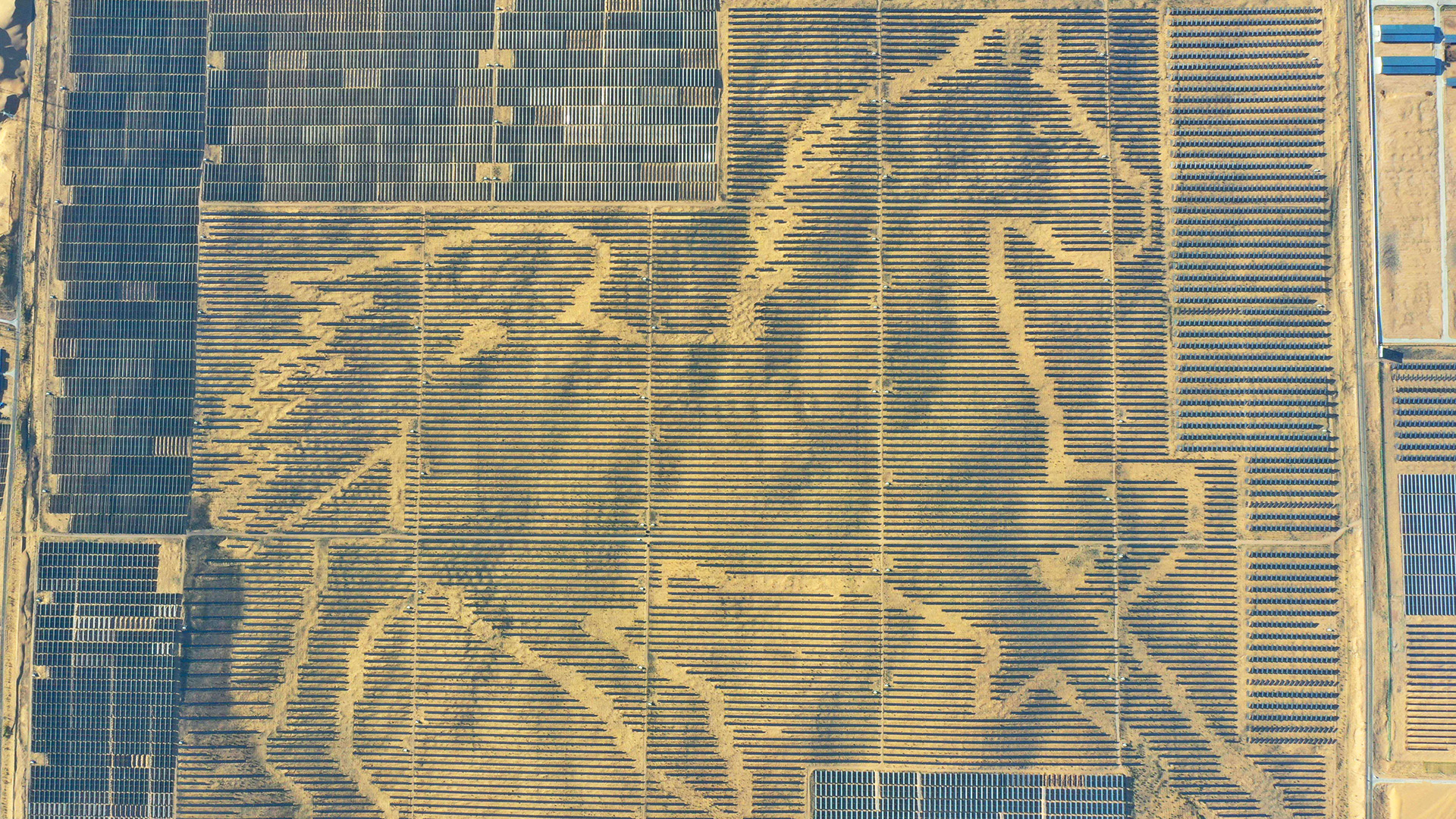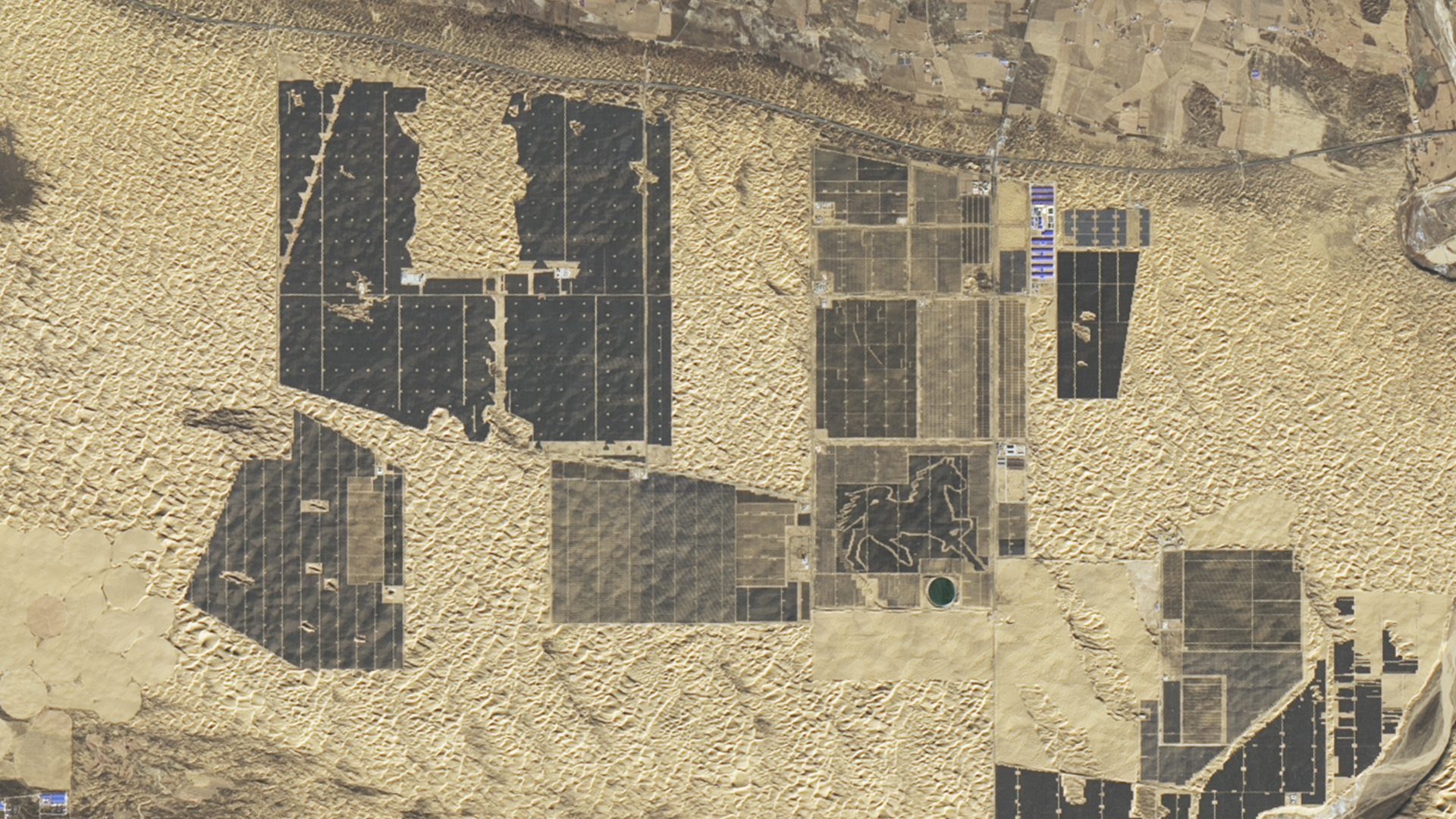
Horse Solar Power Station, China
As interest in solar energy has soared, so has the number of solar farms.
This is particularly true of countries such as India and China – both have large areas of desert with long periods of intense sunshine that can capitalise on investment in solar energy. They also have huge populations requiring a steady supply of electricity.
It is unlikely that solar alone is going to be able to meet the world’s energy needs, but it’s clean, renewable and, once the infrastructure has been built, very cheap to produce, so it will continue to grow in importance.
However, a recent Greenpeace report says European countries are importing much of their renewable energy from Morocco and Egypt. The report described it as “a façade of sustainability - more greenwashing than a sincere commitment to fostering sustainable development in the Global South.”
Bilal Virji MRICS is a development manager at UK-based Enray Power. He believes the report raises valid concerns. “European countries must prioritise energy independence,” he says. “The energy crisis triggered by Russia's invasion of Ukraine highlighted the vulnerabilities inherent in relying heavily on external energy sources, particularly natural gas. To safeguard against future disruptions, we need to build a resilient, self-sufficient energy system.
“Building a robust domestic renewable energy sector is essential for long-term energy security and genuine sustainable development within Europe.”
However, adds Virji, there are other solid renewable options for the future that can work in tandem with solar energy. “While solar's current trajectory is impressive, renewable sources like wind, hydro, and geothermal also have the potential for substantial progress. Wind energy, in particular, is maturing rapidly and improvements in energy storage could mitigate the intermittency challenges faced by both solar and wind.”
With that in mind, Modus highlights some of the most remarkable solar farms around the world:
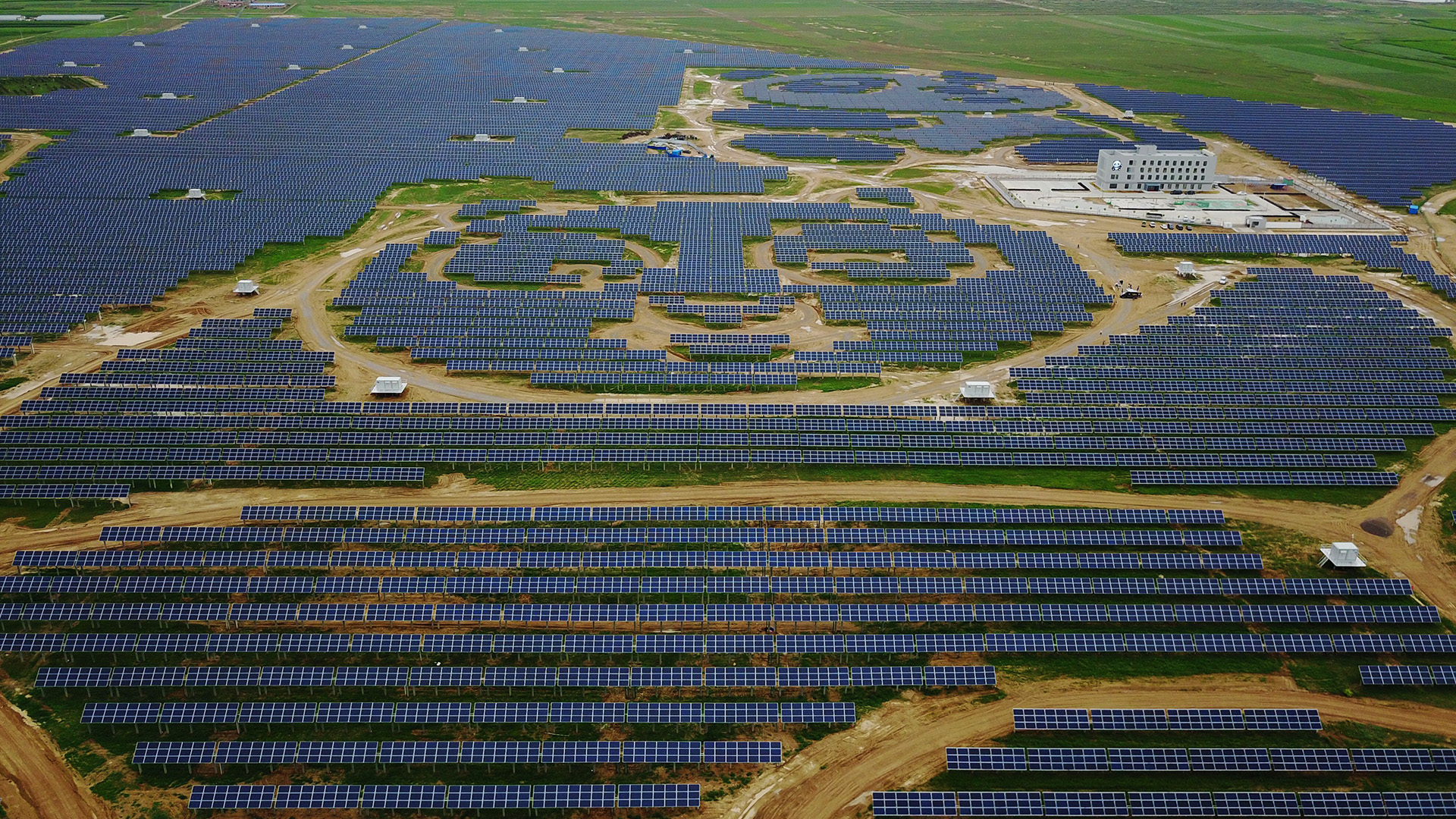
Datong, China
Datong Panda Power Plant, China
Capacity: 100MW
Operational from: 2017
Close to the steppes of Inner Mongolia, the city of Datong was known as the ‘capital of coal’ so this enormous investment in decarbonisation is symbolic as well as practical.
The panda-shaped solar panel arrangements, one of which appears to wave at aeroplanes passing overhead, are made from a combination of standard PV panels and lighter, thin-film panels. The farm covers about 100ha and was completed in 2017.
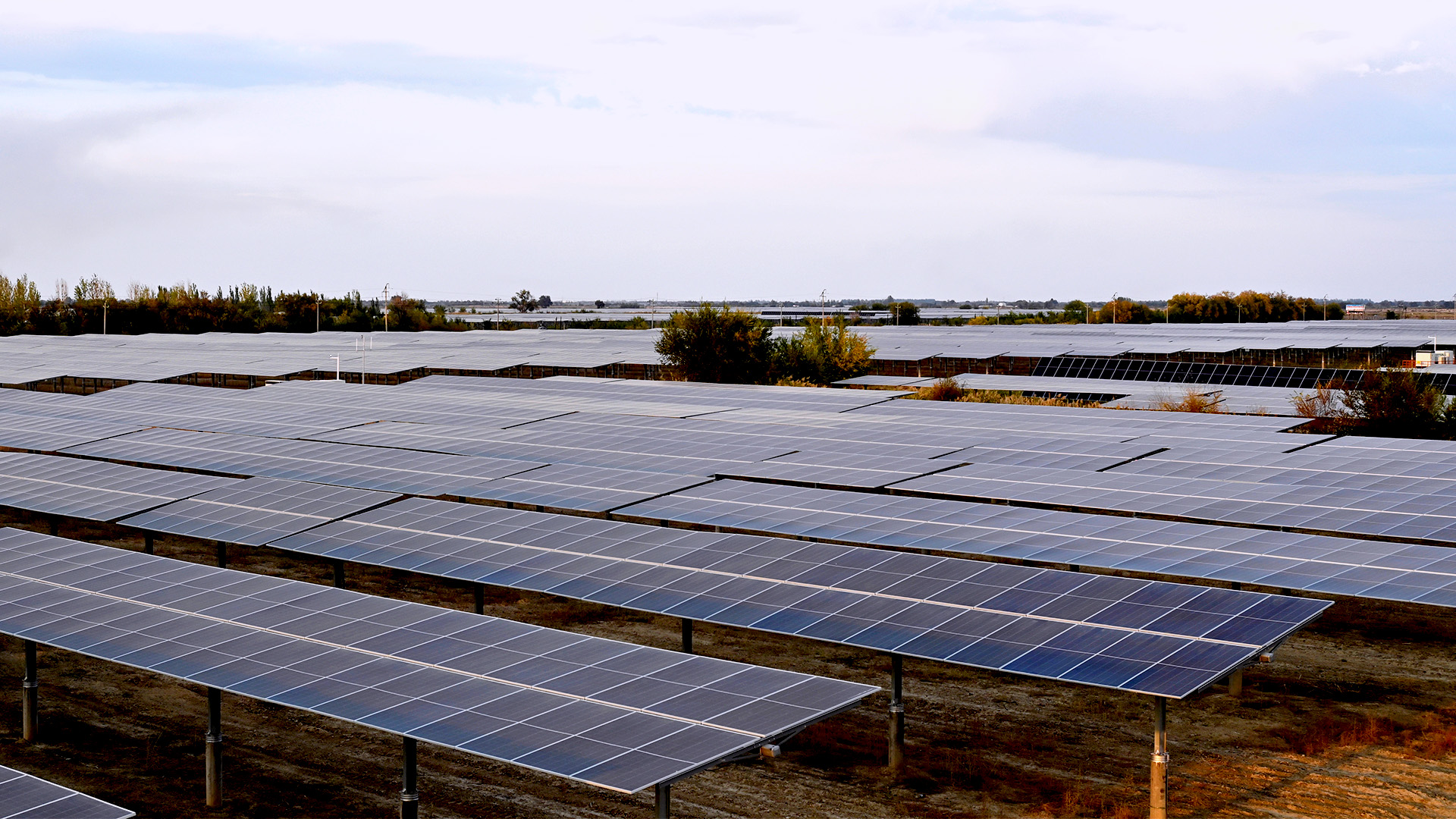
Xinjiang solar farm, China
Capacity: 5GW
Operational from: 2024
During much of the 20th century, there was an unofficial international race to claim the world’s tallest building. This century, the competition seems to have moved to solar farms, as China and India – and other countries with significant areas of desert such as Morocco and UAE – compete for supremacy. China is currently winning by some margin.
Completed last year, the Urumqi solar farm in the Uyghur area of north-west China is currently the world’s largest by capacity. It covers 13,000ha and produces up to 5GW (the US’s biggest solar farm produces just 0.8GW and the UK’s just 0.07GW).
China, as the producer of two-thirds of the world’s solar panels, is investing heavily in solar farms and, in 2020, committed to having 1,200GW of renewables capacity by 2030. Partly due to its expansion of its solar farms, it hit that target in 2024, six years early. However China’s construction of new coal plants also hit a 10-year high last year. And its solar panel production methods were recently linked to slave labour by Britain's energy secretary Ed Miliband.
“If we focus solely on deployment, China stands out, having installed a staggering 277GW of solar capacity in the past year alone – a figure 3.5 times that of the UK's entire electricity system capacity (approximately 75GW),” says Virji. “Yet, China also leads in new coal plant construction, highlighting the complexities of the energy transition.”
PS10 and PS20 solar towers, Seville, Spain
Capacity: PS10 – 11MW/PS20 – 20MW
Operational from: 2007 and 2009
Soaring out of the arid countryside on the road from Seville to Cordoba, PS10 and PS20 are a striking pair of solar installations. A series of large mirrors fan out, reflecting sunlight to a tower at the centre of each array.
The towers, which are white and 115m and 165m tall, produce steam within a pressurised system of tanks, which is converted into energy. Completed in 2007, PS10 was Europe’s first solar tower.
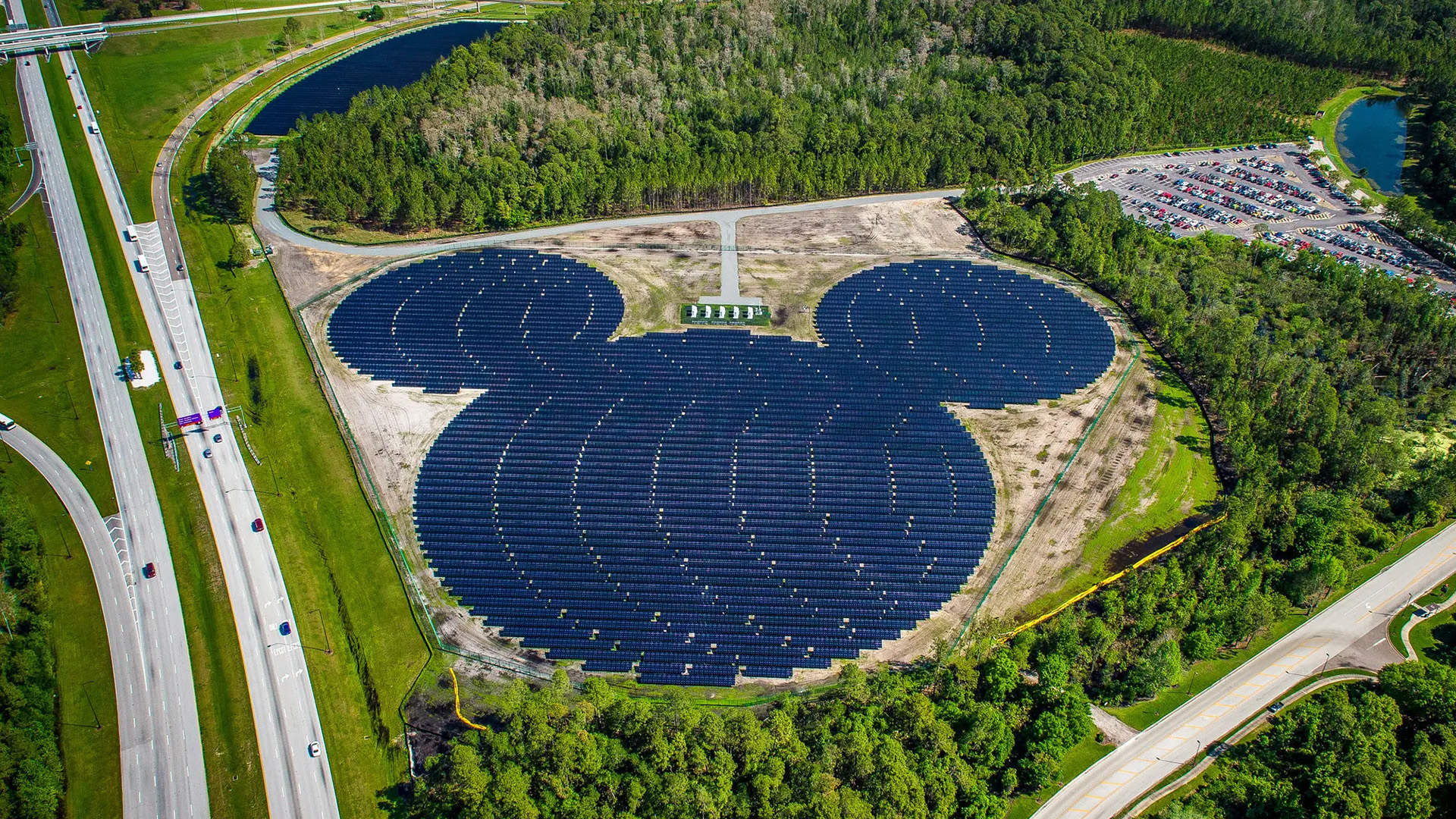
Photo courtesy of Walt Disney World
Walt Disney World solar farm, Florida, USA
Capacity: Mickey Mouse solar farm – 5MW
Operational from: 2016
This wins the prize for most on-brand solar farm: a Mickey Mouse shaped solar array nestled into the corner of EPCOT, one of Disney’s four Florida theme parks. Spread across nine hectares, it consists of 48,000 PV panels and was the first of Disney’s solar farms in the area.
Disney has now grown its capacity to 500,000 panels across other sites in the area with the aspiration of reaching half the parks’ energy needs through solar.
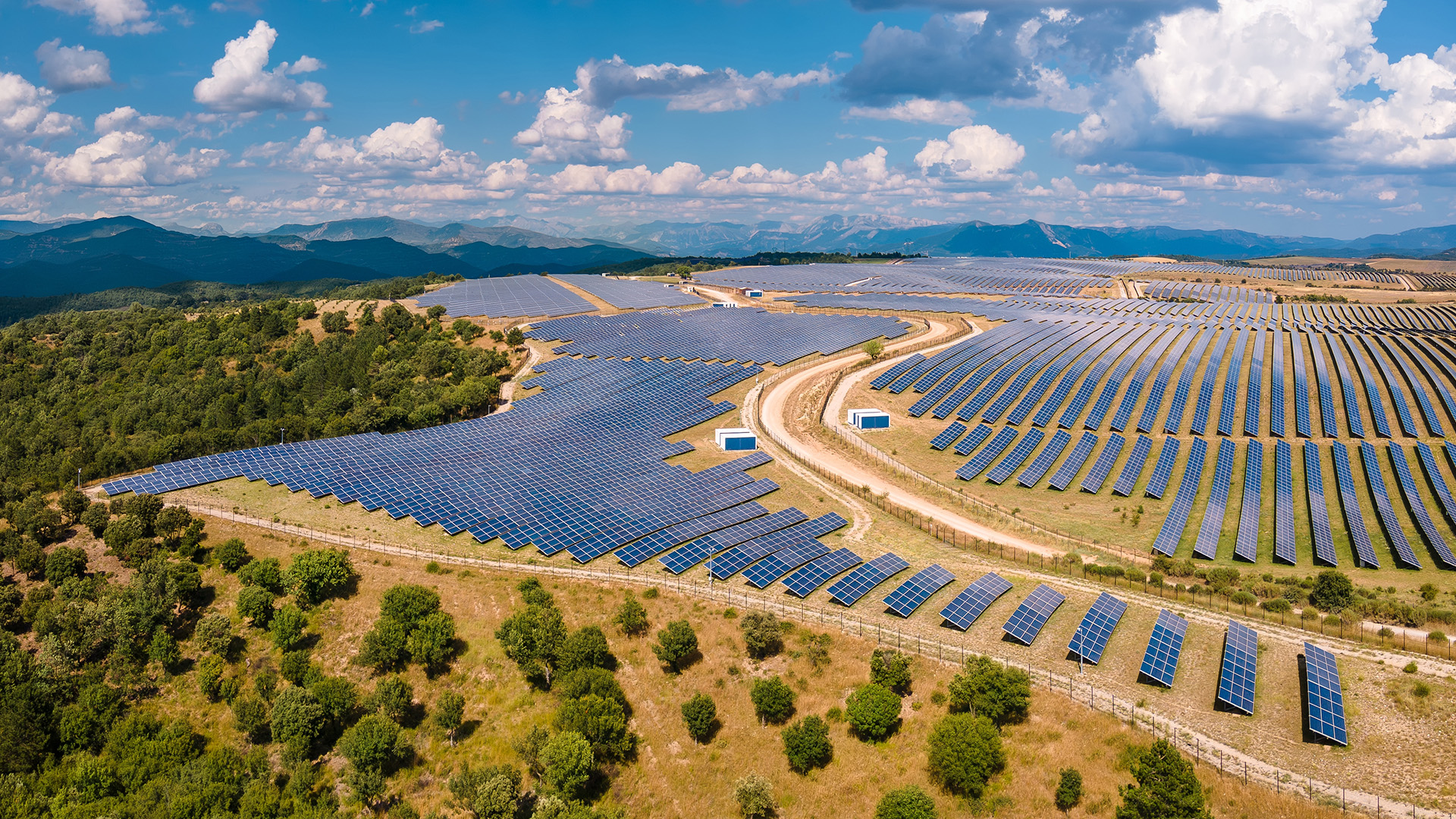
Les Mées, France
Les Mées, Provence, France
Capacity: 34MW
Operational from: 2011
This solar farm clings to the undulating hills of southern France, creating a pleasingly sculptural aesthetic. It’s a riposte to those that say rural solar farms can’t be beautiful – it’s every bit as aesthetically pleasing as other man-made features of the countryside.
Now covering 200 hectares and consisting of 113,000 panels, Les Mées produces enough energy to power 12,000 homes.
Horse Solar Power Station, Kubuqi desert, China
Capacity: 300MW
Operational from: 2019
Another of China’s solar-farm-as-art installations, it is officially known as the Junma Power Station, (junma being Chinese for fine horse) and is deep in the Kubuqi desert in Inner Mongolia. It holds the Guinness World record for the world’s biggest solar panel image.
Water that had gathered in nearby disused mines was pumped out and purified using solar power and has now irrigated part of the surrounding desert, making it fertile enough for agriculture. The directors of Junma also claim that the 140ha farm acts as a windbreak, making the environment more hospitable for locals.
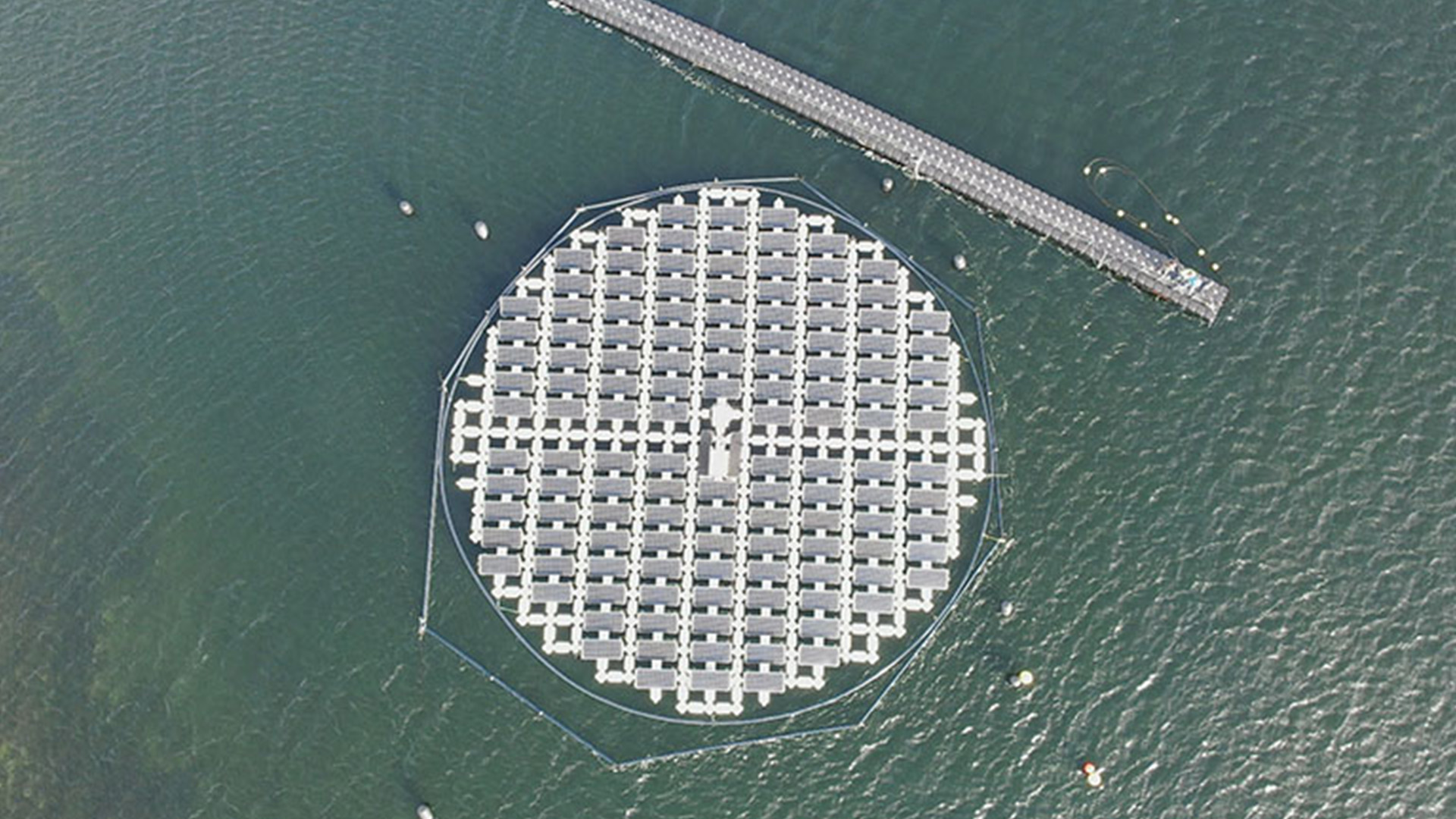
Oostvoornse floating solar panels. Image courtesy of Sunprojects
Oostvoornse Meer, Netherlands
Capacity: 73KW
Operational from: 2022
A solar array of just 180 panels may seem insignificant but the Oostvoornse Meer solar farm is innovative. Built in the middle of a lake, an island of floating solar panels tracks the sun making them 40% more efficient in a country not known for its abundant sunshine. On warm days the water will help to cool the panels and, it is thought, they will also benefit from some reflected light from the lake’s surface.
Building on water is becoming popular in countries with high land costs – due to land pressure problems, a much larger floating solar farm is under construction on Singapore’s Kranji Reservoir although those panels will be static.
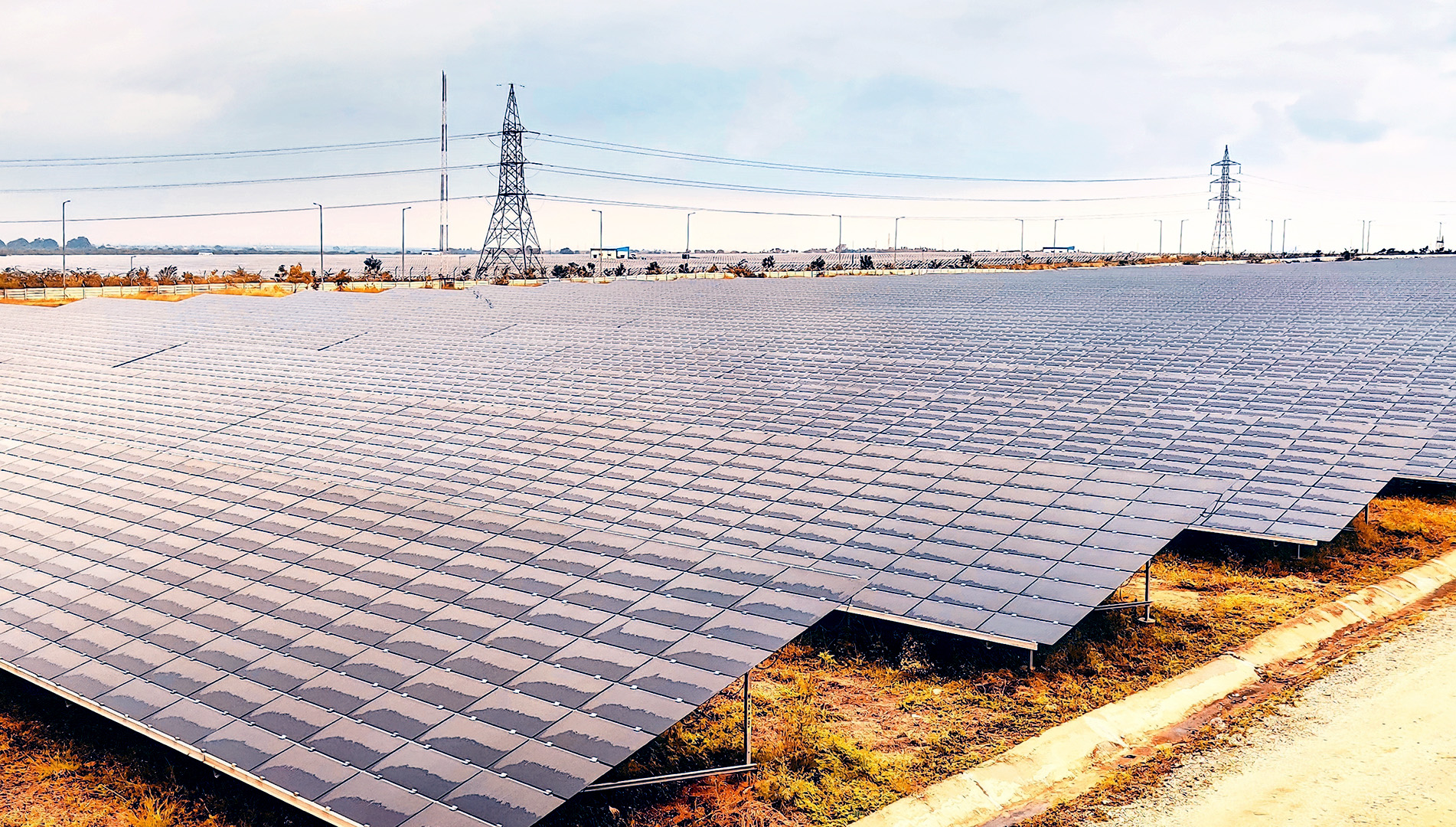
Pavagada Ultra Mega Solar Park, India
Pavagada Ultra Mega Solar Park, Karnataka, India
Capacity: 2.05GW
Operational from: 2019
A huge 5,500ha solar plant in southern India, Pavagada has a very muscular name and a charming history. The land on one of its six sites belonged to a peanut farmer, Venkeapream, who was able to retire and devote himself to playing the harmonium.
Although leasing farmland to build solar farms remains controversial, in a region where climate change has made harvests increasingly unreliable, many farmers welcome an initiative that pays them not to farm.
Pavagada is unusual in India in that it uses a robotic method to clean its panels, rather than wasteful water methods. It is estimated that it could save 20m tonnes of CO2 a year and is crucial in India’s commitment to annually generating 500GW of non-fossil fuel energy by 2030. At the end of 2024, its solar capacity – by far its largest renewable source – was almost 100GW.

